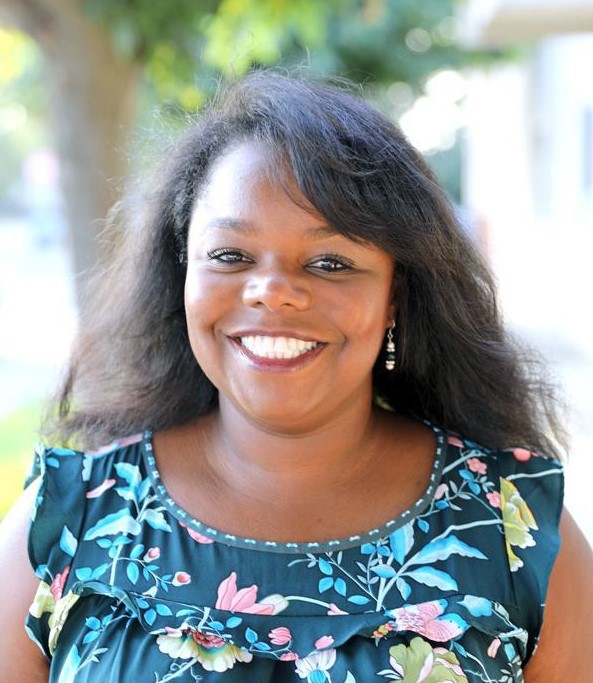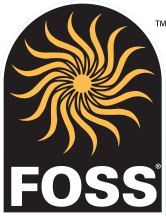Back to School Night & Open House: Setting the Stage for Science Success
Whether your school holds Back to School Night before school starts or an Open House several weeks into the school year, incorporating a fun, inquiry-based science activity into your event can be a memorable and exciting experience for both students and parents.
The Importance of Engaging in Inquiry-based Activity
Back to School Night and Open House events invite the community into the classroom for a sneak peek at the adventures teachers and students will experience together. This is a great opportunity to include parents in an inquiry-based, hands-on activity. This allows parents to understand first-hand the type of learning that takes place daily in the classroom.
Connecting Science to Student Lives
Place-based learning occurs when learning is local and uses the real world around students as the classroom. Below is an easy, place-based activity that requires few materials and engages the class by surveying different soil types at their homes and/or around the school campus.
Home Soil Matching Activity
This activity can be done prior to or during the school year.
- Ask students to bring in approximately ⅛ – ¼ of a cup of soil from around their homes in a plastic snack bag for the night of the event.
- At the event, rebag, code/number, and record each soil sample, so only you know who brought in each sample.
- Place the coded soil samples as a display in the classroom (either stapled on a bulletin board or displayed on a table).
- Have parents and students guess which soil sample came from their home using clues like color and composition.
- Display a local area map and have parents and students indicate (with a push pin, sticky note, etc.) the approximate location of their house AND which soil sample they believe is theirs.
- The next day during science class, reveal the results of the soil samples and their locations. See if any parents or students accurately guessed their sample. Have students share the results with their parents.
On-campus Soil Matching Activity
This activity works best when the Open House event is hosted during the school year, as students help prepare the activity.
- Take the students on a Dirt Scavenger Hunt to look for soil samples.
- Take 4-6 small plastic bags or glass jars to collect the samples.
- Use a campus map to keep track of where samples are collected by marking the map and numbering each location. Collecting samples, marking the map, and labeling samples are scientific skills that can be modeled with students as they prepare the activity.
- On the event night, provide parents with a campus map. With the soil samples displayed, have them guess the numbered area each soil sample came from, using clues like color and composition. Students will have a hard time not telling their parents the answers, but that’s an opportunity to discuss the necessity of “blind experiments”.
- Display the campus map and have parents indicate with a push pin, sticky note, etc. the approximate location of each soil sample.
- The next day during science class, students review the marked map and report out the predictions/hypothesis versus the actual results and can share the results with their parents.
Possible science discussion topics to be used before or after the activity:
- Sample collections
- Soil types
- Soil compositions
- Soil percolation rates
- Access to green spaces for rural and urban environments
- Soil sizing
- Organisms within the soil
Start the school year with a bit of exploration and show students and parents that the exciting world of science is all around them!

Rosanna Ayers – Educational Leader
Former Director of Youth Education at the Biomimicry Institute and County Office Science Coordinator. Bachelor of Science in International Business, a Multiple Subject Teaching Credential, an Administrative Service Credential, and a Master of Education in Leadership and School Development, with an emphasis on Next Generation Science Standards. Rosanna has her Biomimicry Practitioners Certificate and teaches graduate-level integrated science courses at a university teacher preparation program. Rosanna is currently an education doctoral candidate in UC Berkeley’s LEAD program.

